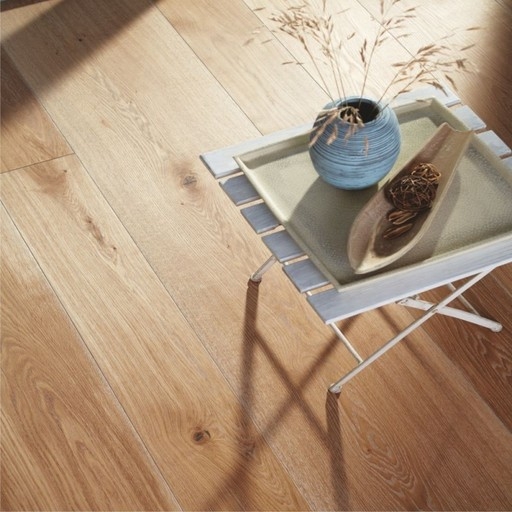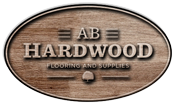We’re continuing to see the wide boards—wider and longer. While wide boards have been popular over the last couple of years, the really long boards are starting to show up a lot. Aesthetically, I think it’s beautiful, but personally, I’m interested to see if that’s something that people can sustain because now you have to ship those boards not just from manufacturer to the retailer but from us to our consumers. Our consumers have to be able to get them home.
The matte finish is continuing to be popular as consumers are kind of on their phones all the time, everything until sleek and digital all the time and the matte floor trend continues to reign supreme as people want to continue to incorporate natural products and create the sense of spa-like sereneness in their homes and things like that. We continue to see the muted color palettes — think sea-salt whites, the natural blondes are still really popular, the natural color of maple. Gray floors have been popular for so long, but we are starting to see a shift back to a mid-tone brown.
I’m starting to see the shifting and softening of distressed flooring—the super distressed kind of rustic feeling where it literally looks like people beat their floors with chains. We’re starting to see that soften up and people are really just celebrating the natural grain pattern, which I think is all part of that wellness trend that’s so big right now.

What’s the difference between red oak flooring and white oak flooring?There is a noticeable difference between a red and a white oak floors. Here is some information that you mind use while choosing your perfect floors :
1. Color – red oak has a bit of a pinkish tint is a little bit lighter than white oak. White oak tends to be a bit browner, darker and more yellow. When you stain them, the difference between the 2 species decreases, especially the darker you go. With lighter stains, the red oak tends to have a bit of red undertone in the color.
2. Graining – red oak tends to have stronger graining than white oak hardwood. White oak has a bit of a smoother look. Some people prefer the strong graining of red oak – both because they like the look and because the strong graining helps hide the scratches and dents; other prefer the slightly smoother grain of white oak and feel it’s a less busy look
3. Hardness – white oak flooring is a bit harder than red oak. On the Janka hardness scale, White oak is 1360 and red oak is 1290. But, as I mentioned above, even though red oak is a bit less hard, it tends to show the dents a bit less.
4. Compatibility with stair treads and accessories – Red oak is more common in stair treads, saddles, banisters and other transitions. If you have oak stair treads already in your home, chances are, they are red oak, so you may be better served matching that. If you need to get new stair treads or other transitions, they are usually more readily available (and hence lower priced) in red oak.
Experiment to find the right products for your floor type.






